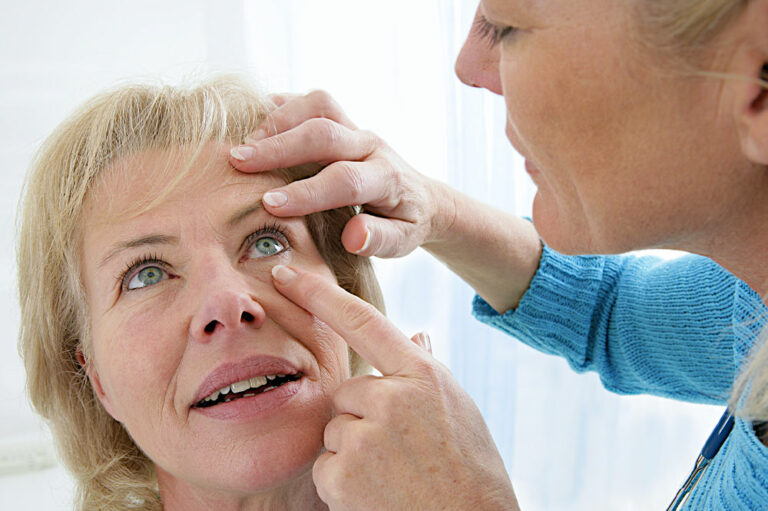
Health
Poor blood circulation – Common signs and management tips
Blood circulation is one of the most important functions in the body, as vital organs depend on oxygen and nutrients supplied by the red blood cells to survive and function. However, certain factors like poor nutrition, underlying health issues, and unhealthy daily habits can reduce blood flow and disrupt circulation. So, here are a few common signs of poor blood circulation and useful tips for managing and overcoming the problem: Signs of poor blood circulation Visible swelling One of the first and most evident signs of poor blood circulation is swelling. Also referred to as edema, this swelling develops in the legs, feet, and ankles. Edema develops when the blood pools in one place instead of moving along the arteries and veins. Pooling causes the area to bulge. Edema is often noticeable along the extremities of the body. Due to the swelling, the skin around the affected area becomes taut and warm. Additionally, one might experience a sensation of heaviness and stiffness around the joints when affected by poor circulation. Numbness and tingling Blood circulation is a continuous process, with the heart pumping blood to reach all extremities of the body. So, any obstruction here can restrict the circulation resulting in a familiar tingling or sensation of numbness.
Read More 







